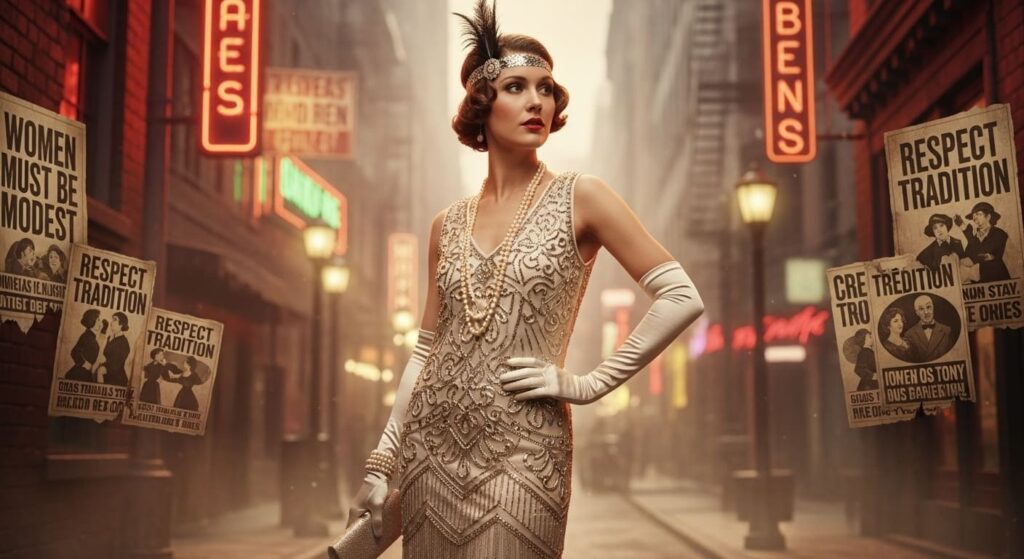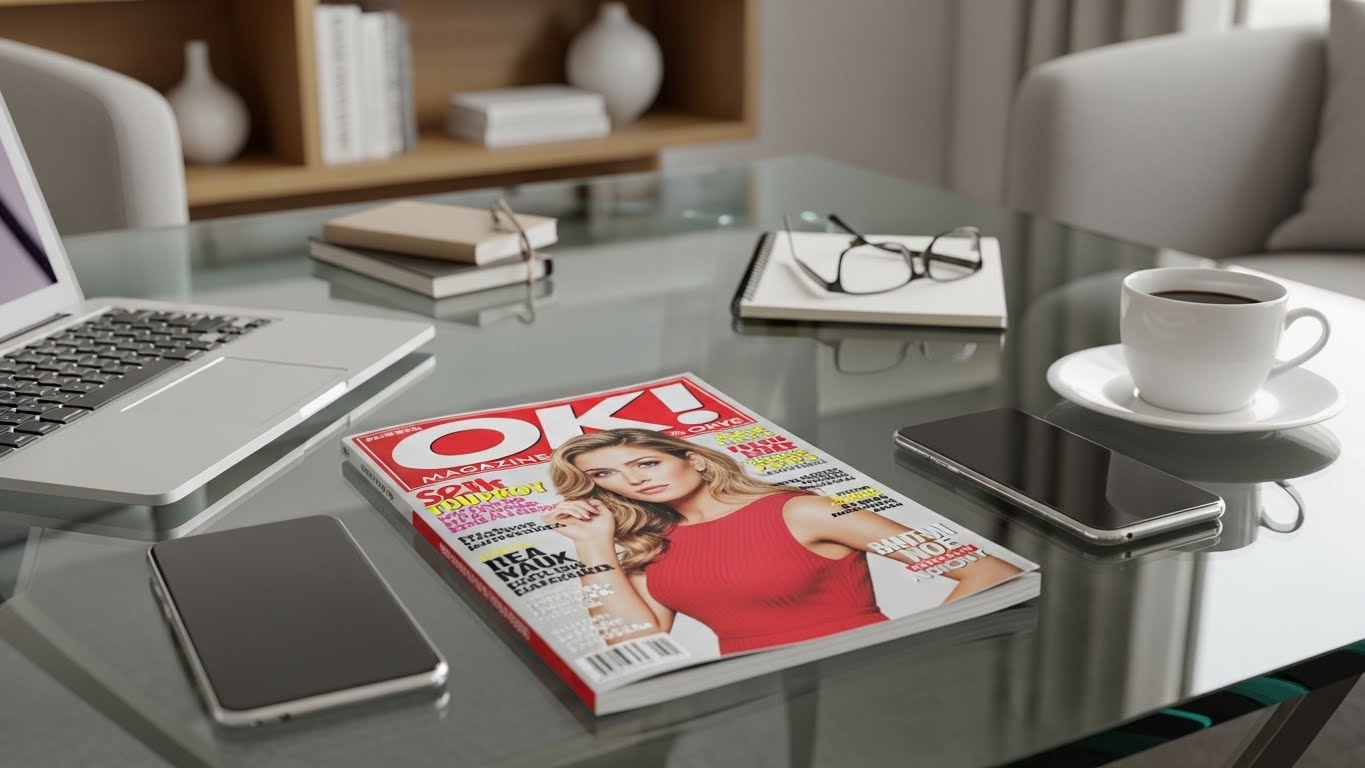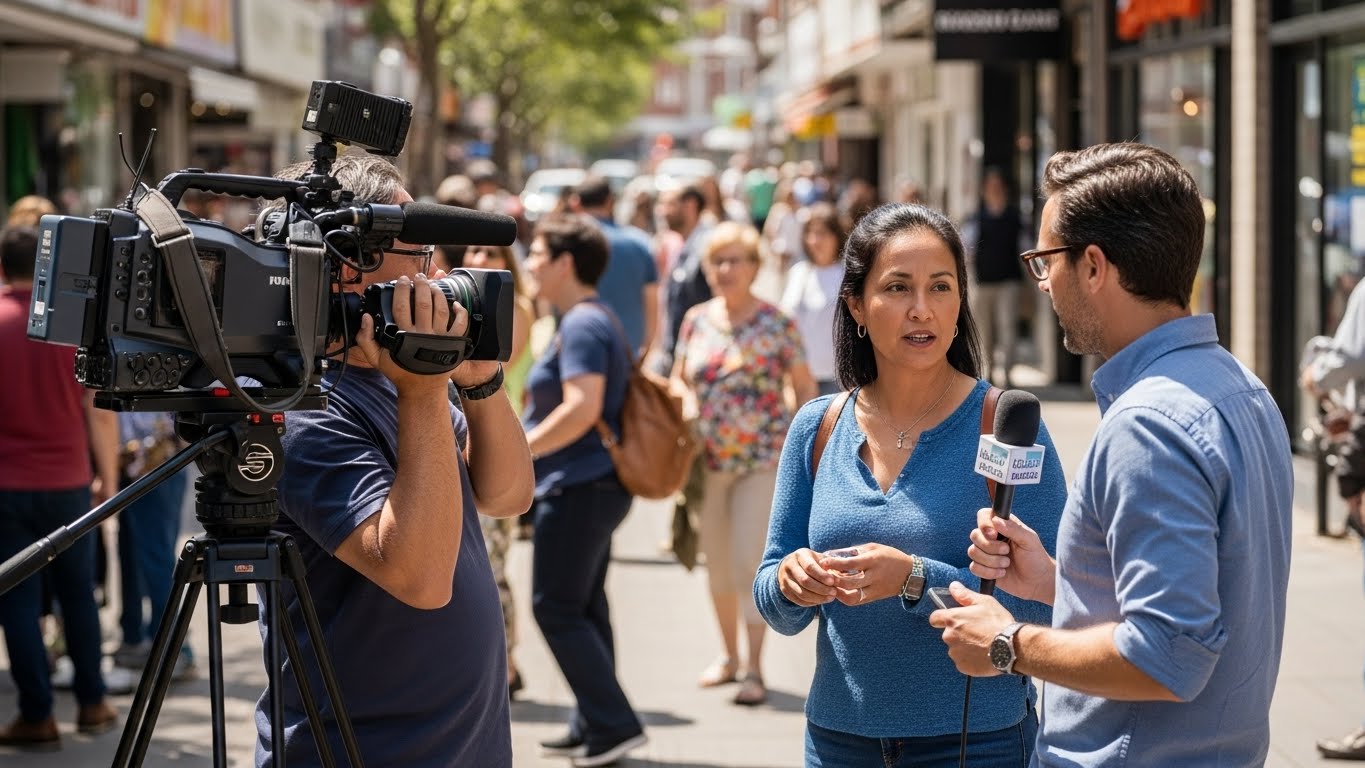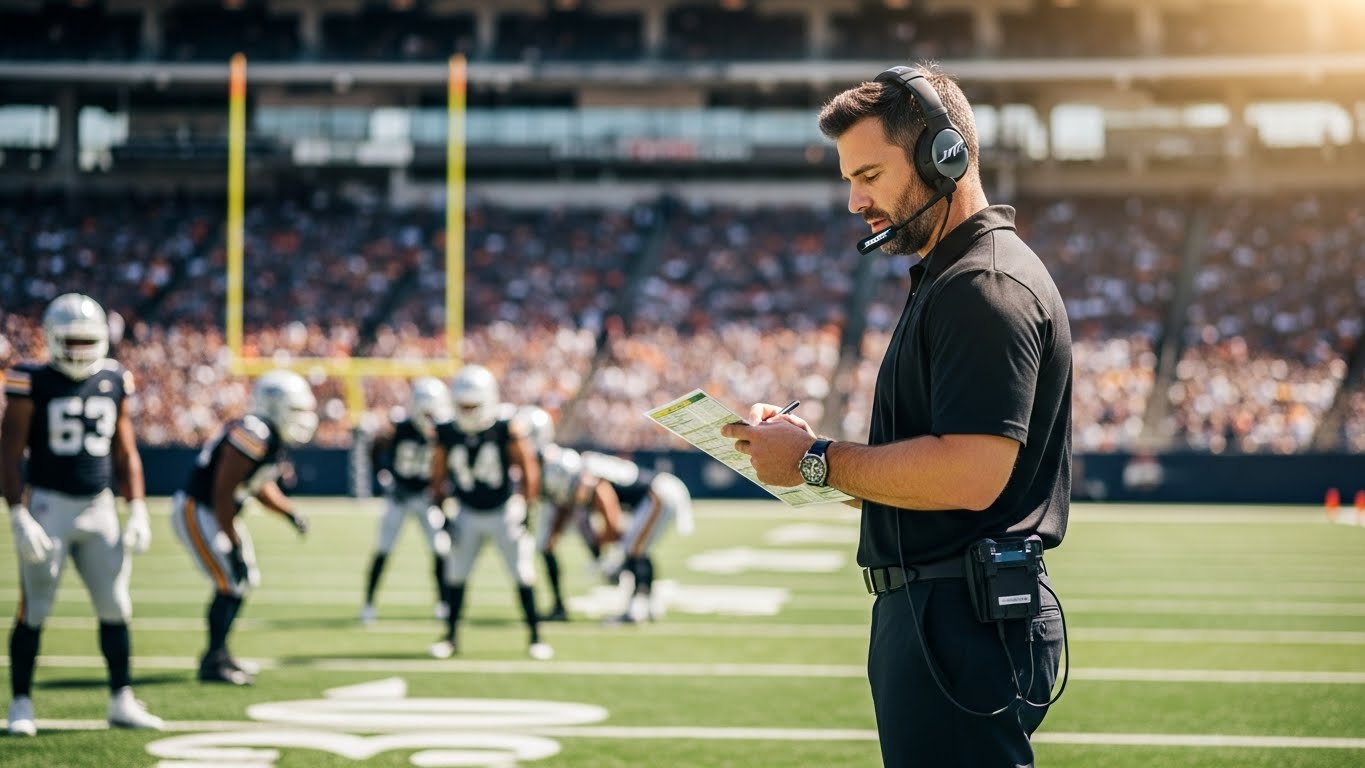Introduction:
When we think of the 1920s, we picture jazz, champagne, glittering parties and a new type of woman – adventurous, independent and extremely stylish. This was the era of flapper fashion, a revolution that not only changed the way women dressed, but also the way they lived, moved and expressed themselves.
After the devastation of the First World War, society was ready for renewal. The rigid moral codes and conservative styles of the Victorian and Edwardian periods suddenly began to feel stifling. The younger generation – especially women – wanted freedom: freedom to dance, work, vote and express themselves.
This thirst for liberation gave rise to flapper fashion, a style that reflected the rebellion, freedom and energy of modern life. It was short, bright and sensational – a visual anthem of what became known as the golden age of 1920s women’s fashion and the fabulous style of the twenties.
The birth of the flapper
The term “flapper” originally described a young, lively woman – playful, adventurous and a little unconventional. In post-war America and Europe, it became synonymous with the new modern woman, who embraced fun, self-expression and freedom from social constraints.
Flapper var et symbol på opprør. They smoked cigarettes in public, drove cars, drank cocktails and danced the Charleston until dawn. His confidence shocked older generations – but still charmed everyone.
At its core was flapper fashion, which stripped away the layers of formality and restriction that had defined women’s clothing for centuries. Gone were the corsets, long hemlines and tight bodies. Instead came loose silhouettes, short skirts, that celebrated movement, rhythm, and self-expression.
The flapper didn’t wear just the new clothes – the modern era has become the new woman.
The Flapper Look: Breaking Every Rule
The visual language of flapper fashion was one of rebellion. It was designed for women who danced, laughed and lived freely. The iconic flapper look was instantly recognisable:
• Drop waist dresses that hung loosely from the shoulders created a childlike, carefree image.
• Short hemlines that dared to reveal the knee – scandalous at the time!
• Fringes, sequins and pearls glittered under the glare of the jazz club lights.
• Cloche hats, cut close to cropped bob hair.
• Mary Jane shoes, with low heels, are designed for dancing the Charleston or Foxtrot.
This new form of women’s fashion from the 1920s completely rejected the idea that femininity required fragility. I stedet feiret det energi og individualitet.
The make-up was bold: red eyes, red cheeks and deep red lipstick – confidence itself. For the first time, cosmetics became mainstream, not shameful. Even short hair – the famous bob cut – became a political statement, symbolizing a break from the past.
Everything about flapper fashion reflected modernity – and women loved it.
The symbolism behind flapper fashion

Every detail of flapper fashion has a deep meaning. It wasn’t just about style; It was a cultural statement.
• Short skirts symbolize freedom of movement – both literally and socially.
• Loose silhouettes represent freedom from physical restrictions and moral control.
• Make-up and smoking defied the idea that women should remain invisible or degraded.
The image of the flapper was the ultimate form of feminist rebellion – a woman dressing for herself, not for society’s approval.
This was the first time fashion and politics were so directly linked. As women won the right to vote, joined the workforce and entered public life, flapper fashion became a symbol of their empowerment.
In many ways, the twenties became the first era of fashion as freedom, and it was led by women who dared to redefine beauty and power.
Influential designers and icons
The rise of flapper fashion was fueled by visionary designers and cultural icons who understood that women’s roles were changing.
Coco Chanel, one of the most influential figures of the era, advocated simplicity and practicality. They replaced corsets with comfortable, elegant designs and introduced jersey fabric – a material once reserved for men’s underwear – into women’s clothing. Chanel’s designs allowed women to move, breathe and live.
Jean Patou also played an important role in popularizing sports-inspired clothing and the idea that women could be both stylish and active.
Hollywood stars such as Clara Bow, Louise Brooks and Colleen Moore introduced the flapper look to the screen. Their short haircuts, expressive eyes and playful energy made the Roaring Twenties style a global phenomenon.
They became icons for a generation – the first true fashion influencers.
Social and cultural backlash
Like any revolution, the flapper movement faced criticism. Conservatives considered the new fashion vulgar and immoral. Newspaper articles warned that flappers were ruining femininity.
But this rejection added fuel to the fire. Young women embraced the controversy. Every hemline raised in public and every dance step became a declaration of independence.
Flapper fashion represented a major cultural clash – between the old world of obedience and the new world of individuality.
And although the Great Depression of the 1930s eventually took the shine off the Jazz Age, the spirit of the flapper never went away. Her legacy of independence, confidence and independence will shape fashion and culture for decades to come.
Revolution Fabric, colors and details

To understand the power of flapper fashion, we need to take a closer look at the design.
The materials were luxurious but light – silk, satin, chiffon and velvet. The costumes were often adorned with pearls, sequins and feathers, designed to sparkle with every movement. The straight silhouette represents equality, and exudes excessive femininity.
The color palette varies from soft pastels for daytime use to deep gold, black and silver colors for evening use. Accessories were just as important – long pearl necklaces, feathered headbands and jeweled bags completed the glamorous ensemble.
This attention to detail made 1920s women’s fashion different from any fashion before it – fun, functional and bold.
The Legacy: How Flapper Fashion Shaped Modern Style
A century later, the influence of flapper fashion is everywhere. Drop-waist dresses, bob haircuts and the use of bold make-up have made countless comebacks.
Designers such as Ralph Lauren, Prada and Gucci have taken inspiration from the Roaring Twenties style and reinterpreted it for a modern audience. Films like The Great Gatsby (2013) and Chicago revived the aesthetic, proving that the allure of the flapper never fades.
More importantly, the flapper’s attitude—adventurous, independent, unapologetic—became the foundation of modern womanhood. Their defiance set the stage for later fashion revolutions in the 1960s, 1980s, and even today’s “girl boss” and “soft power” movements.
In today’s world, flapper fashion is a symbol of confidence and self-esteem—a reminder that style can be political, and clothing can tell a story of social change.
8. Modern Revival: Flapper Energy in Today’s Fashion
In the 21st century, flapper fashion has turned into a form of artistic nostalgia. From high-end runways to vintage-inspired brands, the essence of 1920s women’s fashion is alive and well.
“Gatsby glamour” arrangements, cocktail dresses and pearl accessories often appear in contemporary collections. Meanwhile, social media aesthetics like “vintage luxury” or “retro chic” reflect the same desire for self-expression that defines the flapper spirit.
Even today’s shift towards gender-fluid clothing reflects the flapper’s original rebellion against rigid gender roles. Just as the women of the 1920s refused to be bound by stereotypes, modern fashion continues to celebrate individuality rather than conformity.
This revival proves that Roaring Twenties style isn’t just a nostalgic trend – it’s a timeless symbol of liberation.
Conclusion:
The legacy of flapper fashion goes beyond glitz and frills – it represents freedom, confidence and change. Women in the 1920s didn’t just follow trends; He broke barriers and redefined what it meant to be modern.
Her fearless energy transformed rebellion into elegance, proving that fashion can be the voice of power. Even today, the influence of women’s fashion of the 1920s and the luxurious style of the twenties can be seen in modern designs and attitudes.
A century later, the flap’s message still shines through – true style is about courage, individuality and the freedom to be yourself.












